Rebuilt due to devasting historic events, Poland is a nation that’s best known for its traditions, delicious perogies, and Europe’s most ancient forest. With a strong culture that withstood tragedy, there are many historic landmarks, particularly from World War II, that you can visit to honor those who lost their lives.
With stunning landscapes that are ideal for those who want to get out and explore, Poland is the perfect destination for those who want to travel on a budget. Surrounded by multiple other nations, you can choose to spend a few days in the country, or plan an entire trip around exploring its beauty.
Witamy – Welcome to Poland!
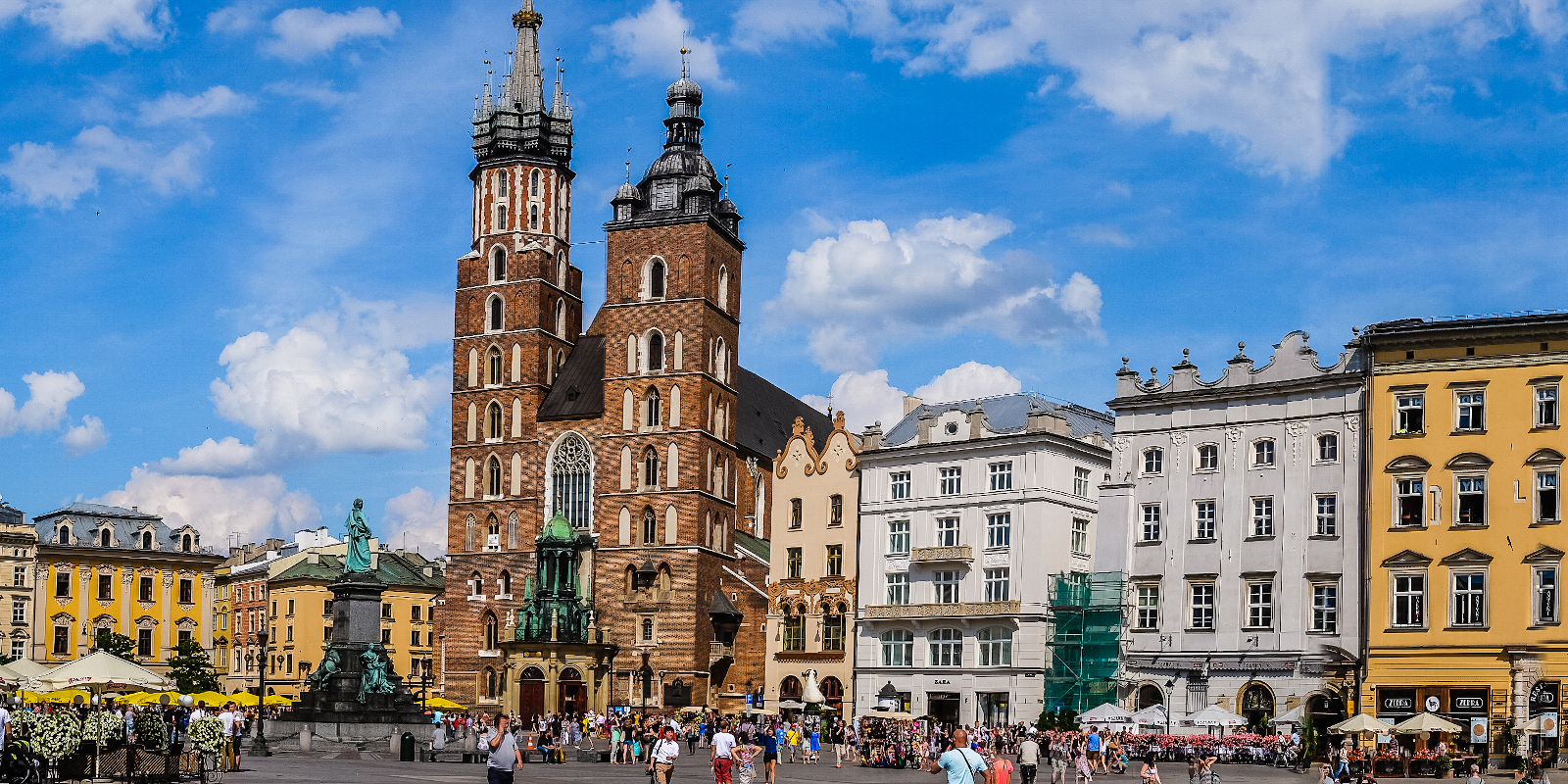
While the remnants of the past are scattered throughout all of Poland, the cities have emerged to become popular hotspots for tourists looking to experience the country and culture. The streets are filled with plenty of activities and the unique architectural design of many urban centers has made the cities stars in their own right.
But beyond the busy pathways of Kraków and Warsaw, the Polish countryside is known for being untouched and unspoiled. With mountains and rivers and pristine flat lands, Poland is also an outdoor enthusiast’s dream come true.
Almost completely destroyed during World War II, Warsaw is Poland’s capital that has risen in the place where ashes once lay. The majority of the city experienced heavy damage and there are only a few parts that are still standing. Most of the things that were left before World War II have been preserved in the local museums.
But from near destruction, Warsaw has become a diverse landscape with a wide range of unique architectural styles. The capital is now the place to be and travelers can indulge themselves in the local Polish cuisine, enjoy the green spaces, and take a spin through all the lively bars.
- Culture and History
- Spending Budget
- How to Get Around
- Top Cities to Visit
- Points of Interest
Culture and Language
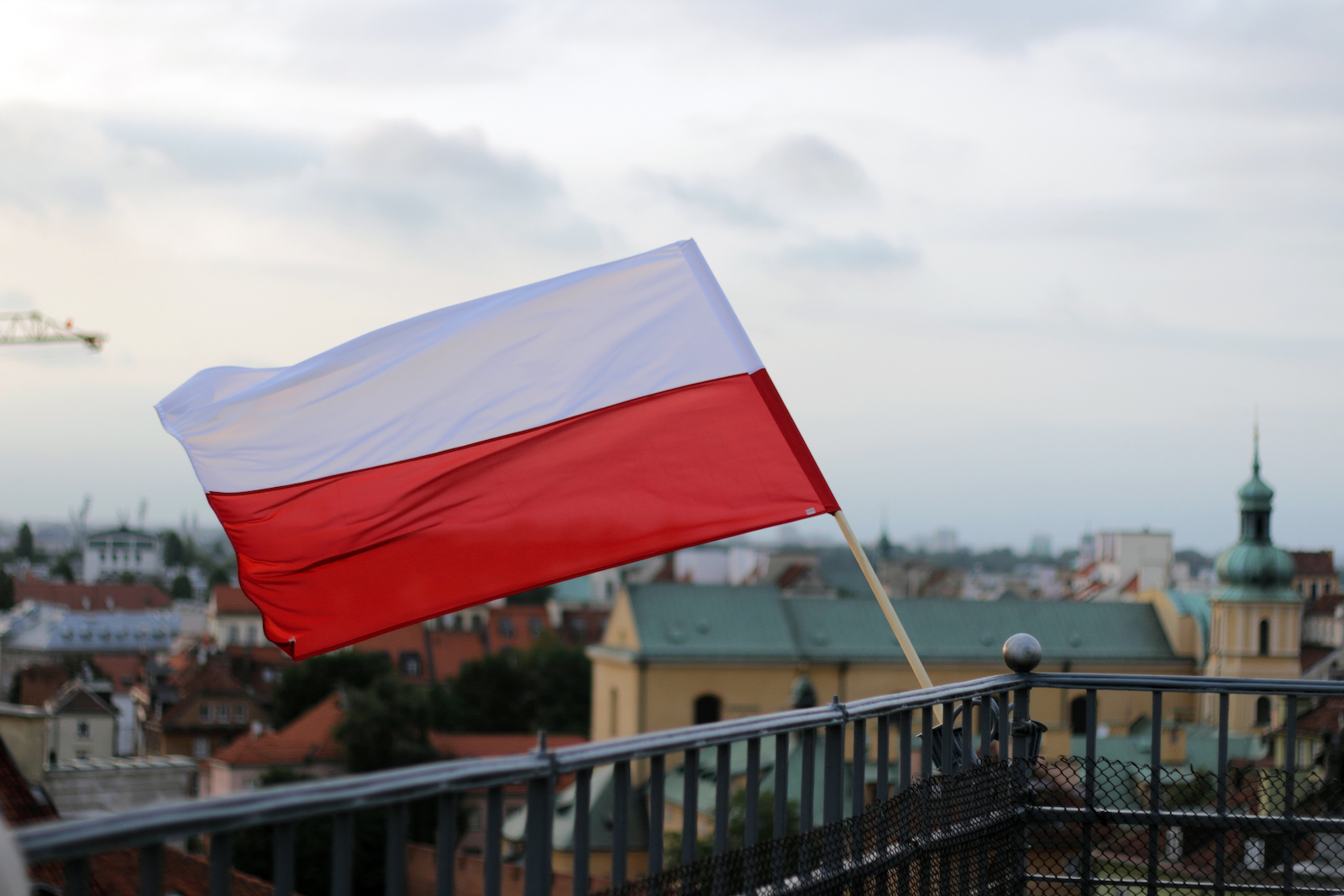
Poland has a long history of human activity that dates back to 500,000 years ago. With early humans settling in the area, Poland’s recorded history is much shorter and only about 1,000 years of events have been recorded.
Poland History
Still, 1,000 years is a long time and the country has gone from being ruled by kings, tyrants, and finally Presidents, and Prime Ministers. While the Iron and Middle Ages in Poland were very significant in the country’s development, Poland’s more recent history in World War II has left the most drastic mark.
World War II saw Poland invaded by Germany on September 1st, 1939. Germany then persuaded the Soviet Union to invade parts of Poland with those troops arriving on Polish soil in September of that same year. With the occupation by both Germany and the Soviet Union, Poland became a hostile environment.
Some of the most horrific acts of World War II were carried out in Poland with many Nazi extermination camps being built in the country. Auschwitz-Birkenau is the most well-known death camp, which has parts that are still preserved and open to the public.
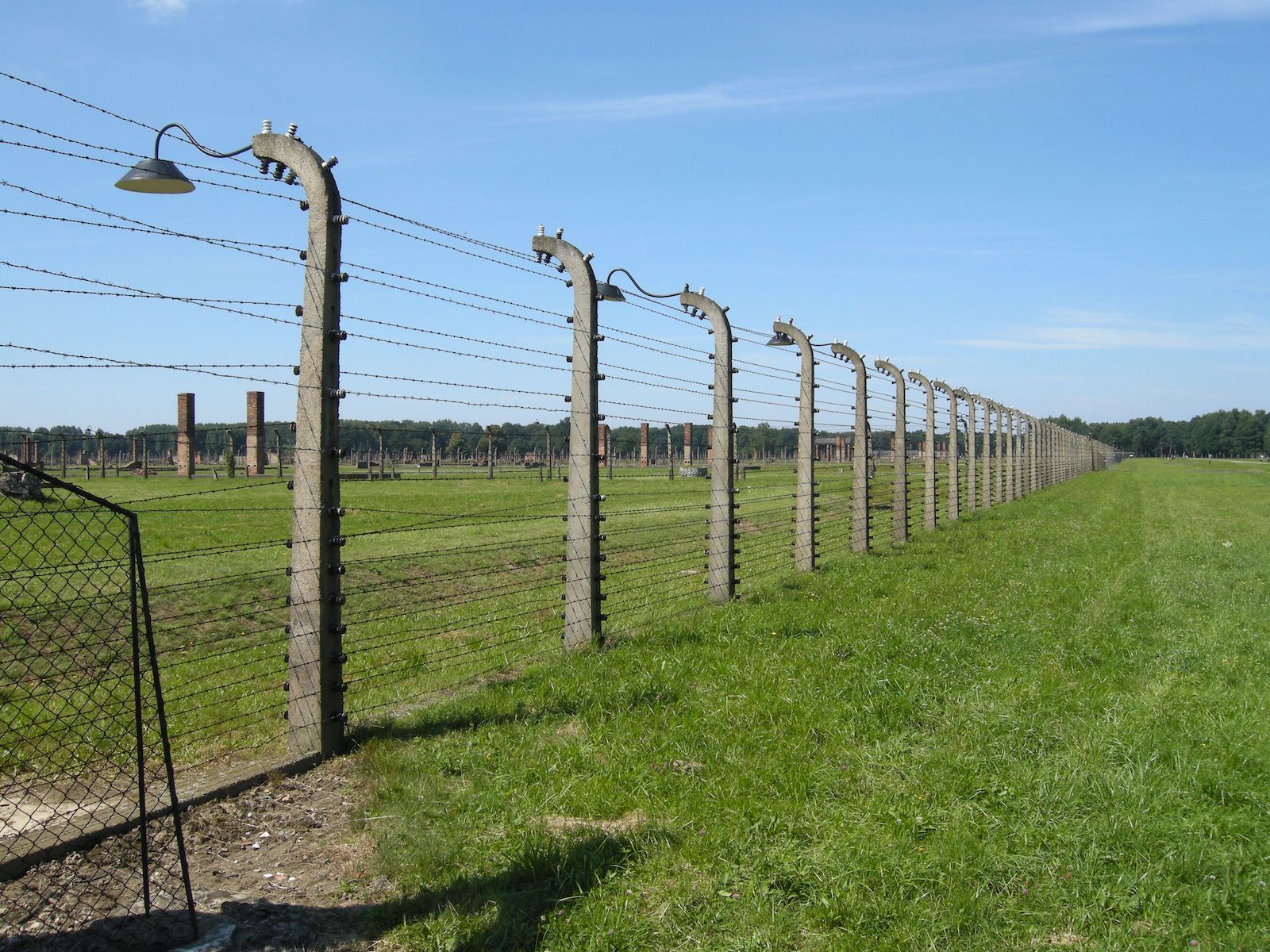
But Poland’s struggle wouldn’t end with the Nazis, as the country was also ruled by Joseph Stalin and had strong communist ties. By the 1970s, Poland wanted to become a more westernized country and it worked hard to reform its image and government. Today, Poland is a democratic state, which has become unified and holds free elections.
While the road was difficult, Poland has emerged to be a world leader. With plenty of tributes and memorials, Poland has become very popular in industries like manufacturing, energy, and tourism.
Tourists are eager to experience history first-hand and Poland welcomes visitors with open arms. With plenty of locations that explain the past, visitors can get up close and personal with Poland’s culture.
Official Language

Culture is extremely important to Polish people, so it makes sense that there is a diverse list of languages spoken throughout the country. The main language spoken is Polish, but a few minority languages include Czech and Slovak.
About 97% of the country’s 37.78 million population (as of 2021) speaks Polish, which makes it Europe’s most linguistically homogenous nation. While English is not a native language in Poland, it’s one of the most common languages that is taught and learned by Polish people in school.
It’s estimated that up to 30% of the population understands and can speak English to a certain level. For tourists, English is quite common in urban areas, so you shouldn’t have too hard a time navigating your way through the country.
Spending Budget
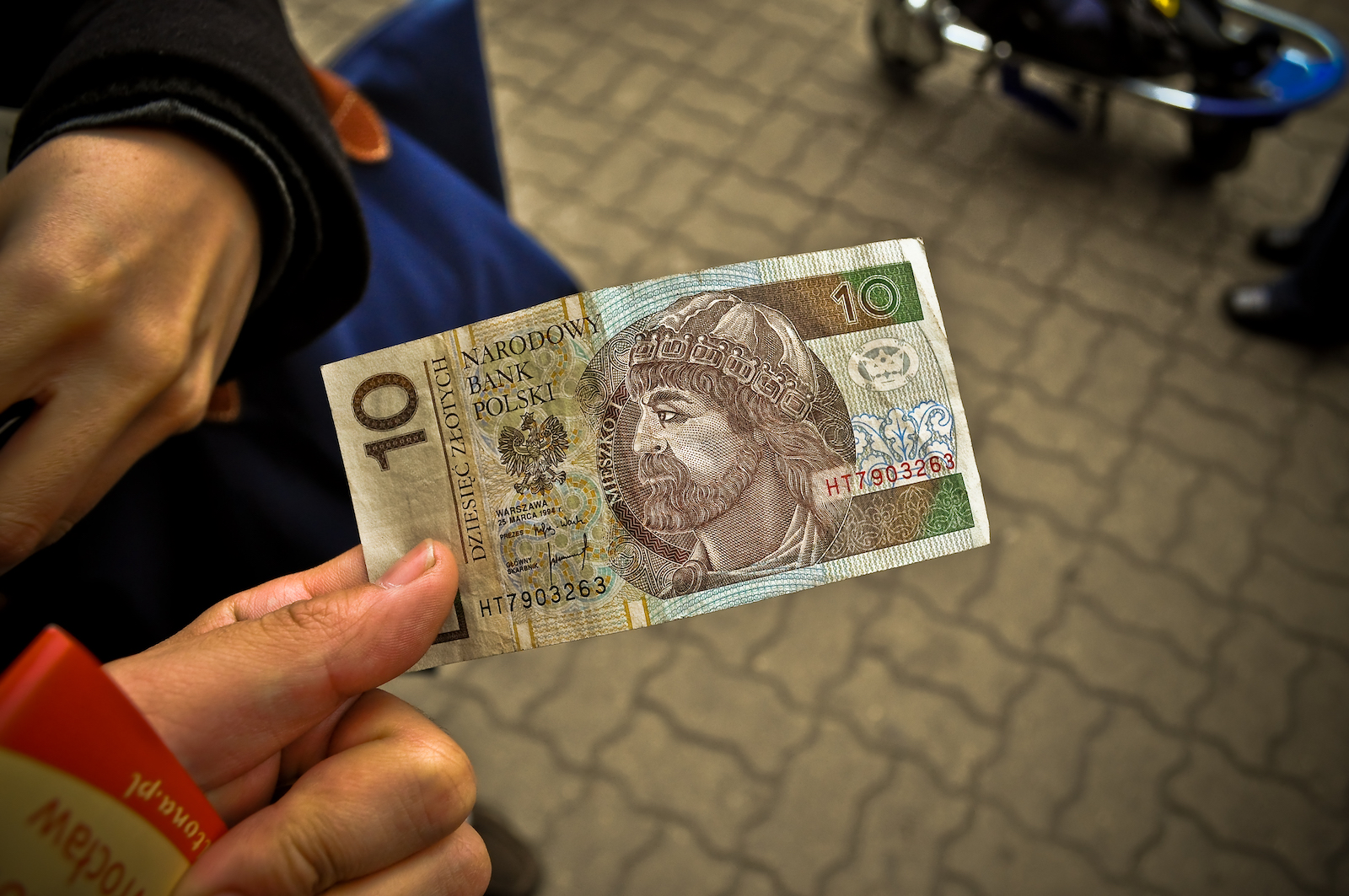
Visiting most of the European continent means that you will be looking at an expensive vacation. But Poland is one of the few countries that is an exception to that common rule. Instead of having to spend the big bucks, Poland is a very budget-friendly nation that can suit all types of visitors.
However, it’s always important to know your budget before you travel, which is when estimating your spending budget can come in handy. The most important parts of your travel budget will be the flight, accommodation, food, drink, and transportation.
Airfare
Part of your journey is getting to Poland, which means that you’ll have to book a flight across the pond. On average, travelers should expect to pay about one thousand dollars to fly from the United State to Poland. But there are many budget airline sites or deals with major airlines that can drastically reduce the cost.
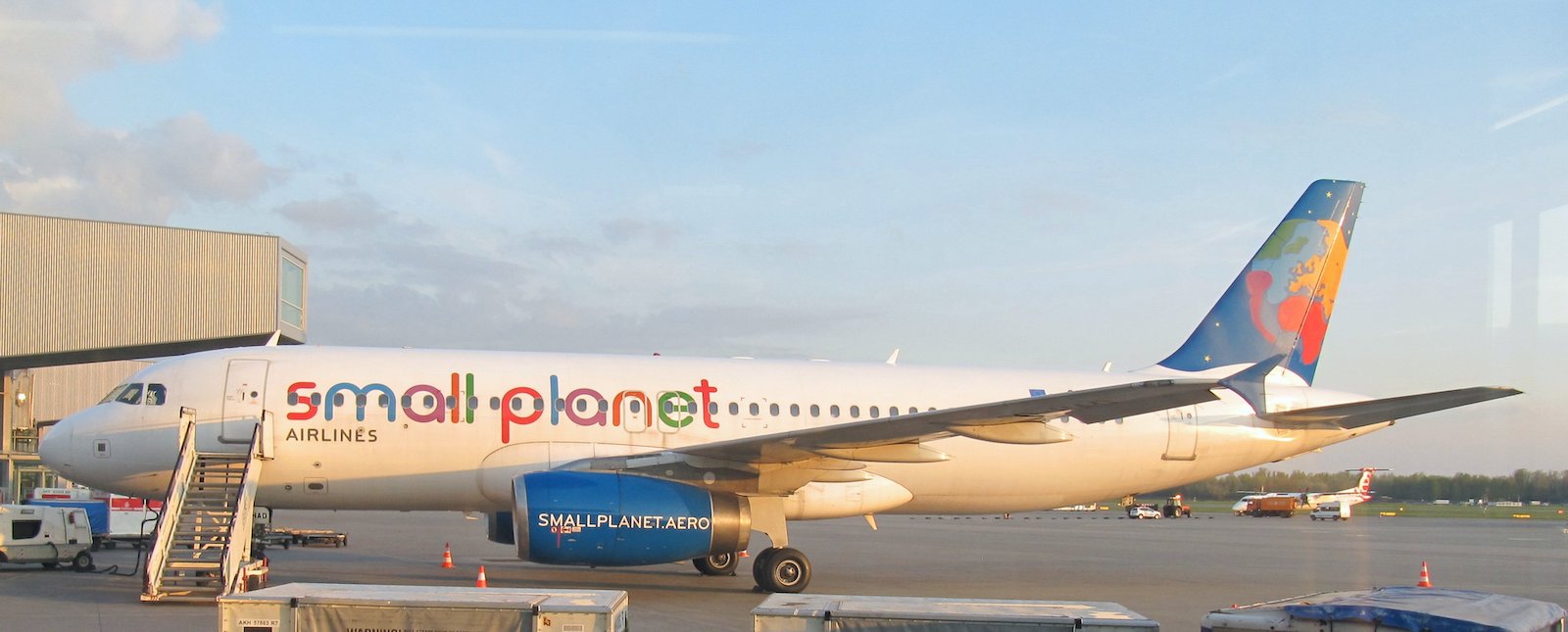
The time of year that you visit Poland can also lower or raise the cost of your flight. Summer is the ultimate high for Poland’s tourist season with the majority of people booking their vacations for the months of June, July, and August.
But by traveling in the shoulder season, which is just before June or at the beginning of September, you may be able to lower the flight cost by hundreds of dollars.
Accommodation
Once you have decided when and how you will get to Poland, you will need to decide where you will stay each night of your trip. Accommodation is important for every traveler and Poland has a plethora of options to offer. The most common options for accommodation include hostels, hotels, and Airbnb.
Hostels offer the most affordable nightly rates in Poland with most dorm room beds costing the least. If you want a little more privacy but still enjoy the hostel setting, private rooms are often offered.

But if hostels are not your preferred accommodation spot, there are also plenty of hotels to suit all types of budgets. Most affordable hotels will offer rooms for a moderate price, however, if you’re looking for something nicer, boutique hotels are a great option. Unlike the rest of Europe, you can still stay at a nicer place without breaking the bank.
Luxury hotels, on the other hand, will be expensive and you should expect to pay hundreds of dollars per night. For travelers who are part of a group or who wish to cook their own meals, Airbnb is an affordable option that has a lot of listings all throughout the country of Poland.
If you want to rent a private residence on Airbnb, travelers should expect to spend around the same as a fairly priced hotel.
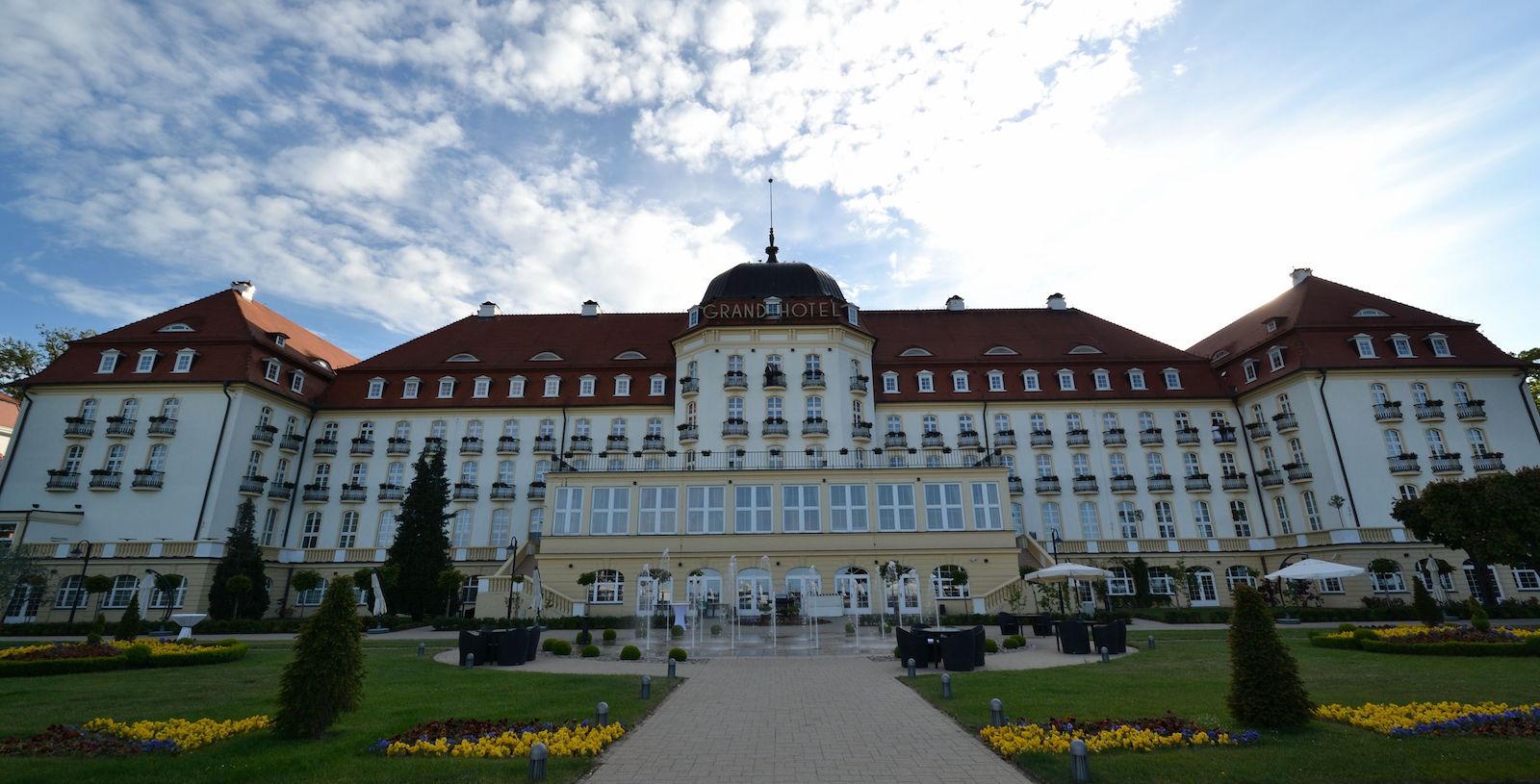
Polish Food
When you aren’t sleeping or relaxing in your accommodation, you will likely be out on the streets exploring Poland’s culture. A significant part of any culture is the cuisine and Poland is no different. Polish cuisine is known for being meat-heavy, but many dishes also use a variety of local vegetables too.
Poland’s national dish is filled with vegetables and meat. The dish is called bigos and it’s a hearty stew that is often served with bread or mashed potatoes. Pierogi, a type of dumpling, is Poland’s most famous dish, and a variety of fillings including flavors like meat, cottage cheese, fruit, and sauerkraut.
For a hot dish on a cooler day or for people who just love soup, rosól is a lighter stew that has chicken and a small variety of vegetables. For a few tasty wraps, you should try golabki, which are small caged rolls that have been filled with minced pork, rice, onions, and mushrooms.

One dish that’s very popular and reflects Poland’s Jewish population is placki ziemniaczane, or potato pancakes. The small cakes are best served hot and are frequently topped with sugar or sour cream.
Dining Out
While those are just a few of Poland’s tasty highlights, there are many more things to try that will make your mouth water. But with so much to try, you don’t have to dig too deep in your pockets to eat out in Poland.
Food is relatively affordable in Poland and many local restaurants will charge a modest price for a meal. Even finer dining won’t be too much, making Poland a great place to eat out and explore. The best dining establishments and high-end locations will be pricier but are still very manageable as long as you plan ahead.
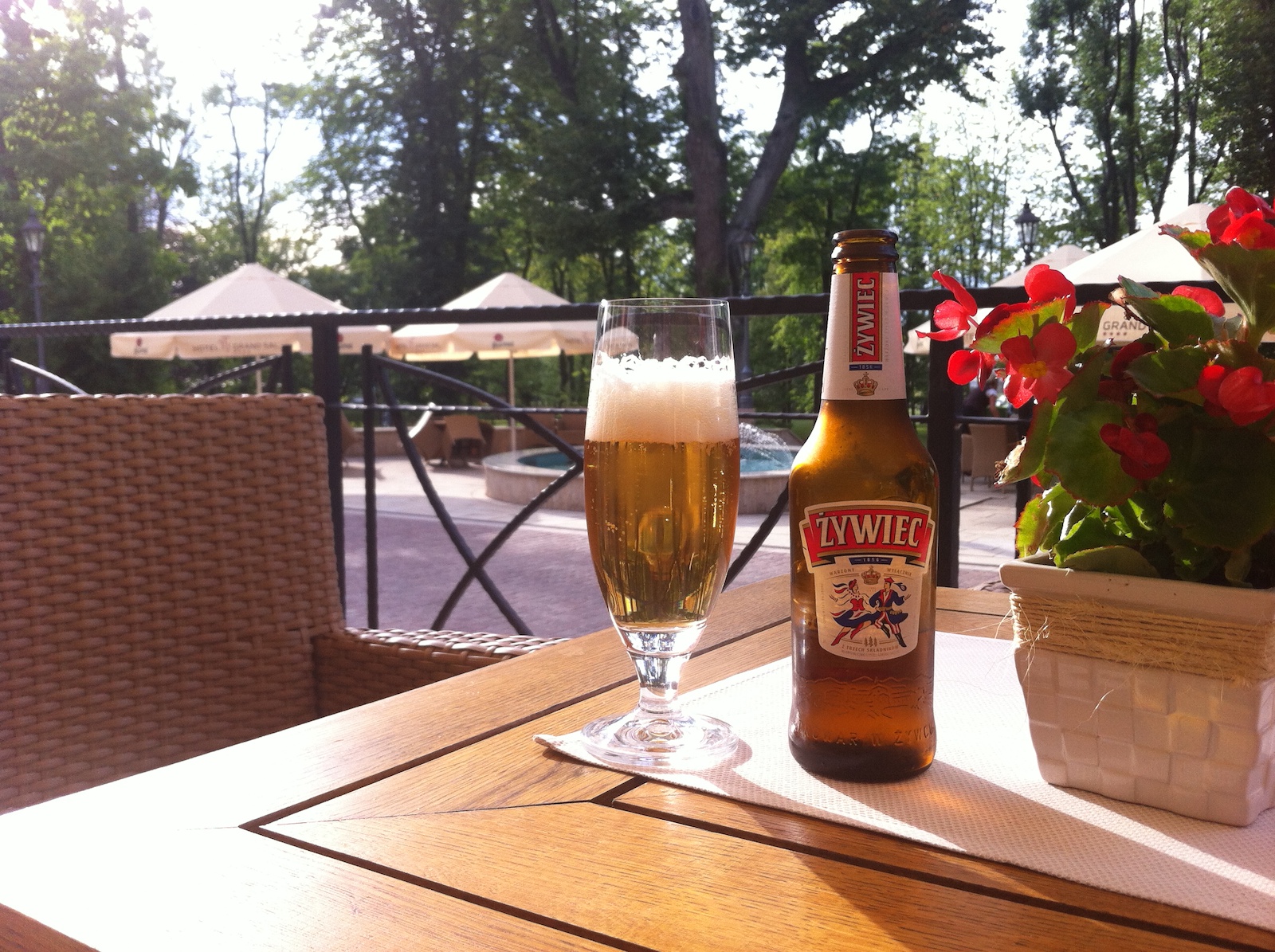
If you want to cut your budget back, you may consider cooking for yourself if your accommodation allows for you to make your own meals. Groceries in Poland are also affordable and will cost less than always eating out.
Food may not be the only thing on your mind and travelers who would like to have a drink with dinner will need to account for the price of alcohol in their spending budget. The price of alcohol can vary widely and often the cost is based on the reputation or type of establishment that you go to.
While the most affordable drinks can be purchased for a few dollars, you should still expect alcohol to get expensive. At the finer establishments, alcohol prices rival those of the United States.
How to Get Around
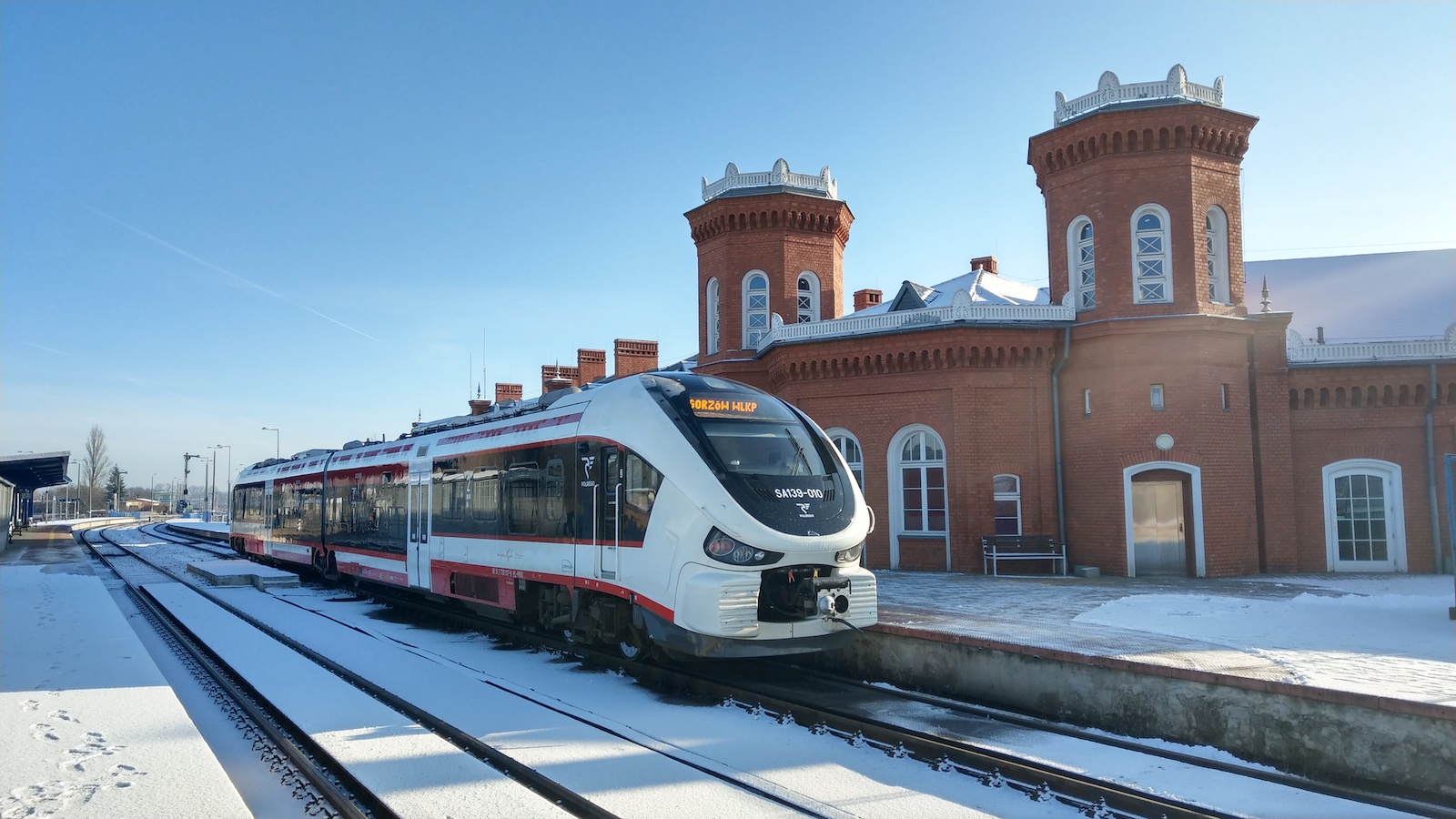
The chances are also high that you will want to travel throughout Poland while you are visiting the country, rather than stay in one place. The cost of transportation should also be considered as prices can vary by the method you choose. The most common transportation services in Poland include domestic flights, trains, buses, and local transportation.
Flights
Flying domestically throughout Poland is the fastest way to get around but it isn’t the most budget-friendly. While almost all the flights in Poland will cost under one hundred dollars, the price of so many airline tickets can add up for some travelers.
But if you take the time to book early or look for special deals, you may be able to purchase tickets for a ridiculously low rate.
Trains and Buses
Trains are another fast way to get around Poland and are a more affordable option than domestic flights. Many train tickets are not too expensive, and you should expect to spend more for a longer ride.
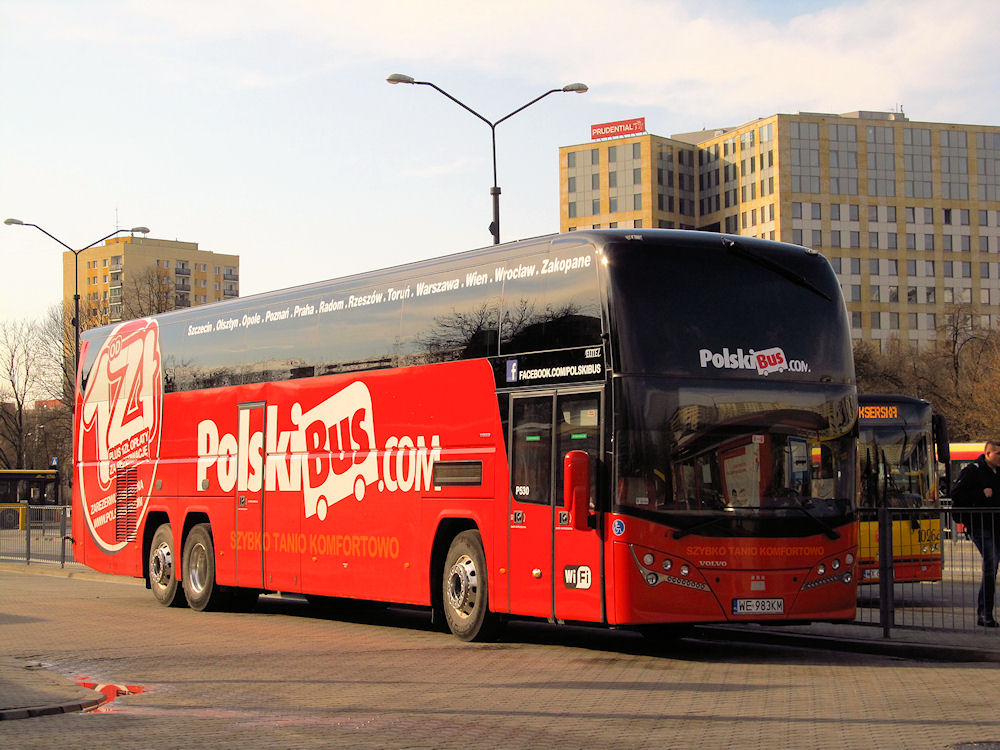
Buses are another option that may be slower but are very affordable. Many bus tickets can be purchased for a reasonable price and are available to all travelers. Even if you are going a very long distance, it may be worth it to take more time to travel to your destination so that you can save on your budget.
Local Transportation
Finally, local transportation is the most reliable method for getting around the city. Many local transportation options sell tickets for minimal. But in mega urban centers like Warsaw will have a reliable network of vehicles that can safely tote you around the city.
You can even find unique multi-day passes for the local transportation system, which will help you save a little money on your budget.
Top Cities to Visit
While you may have heard of some Polish cities, there are so many that it would be impossible to visit every single one during your trip. Many having been rebuilt after the devastating events of the past, you will find new life mixed in with the old architecture. To help you narrow your itinerary down, here are Poland’s top cities to visit.
Warsaw

Due to being almost completely destroyed in World War II, Warsaw has a unique appearance that mashes together various architectural styles like Gothic and Modern. Rebuilt, like many other cities mentioned, the Old Town is a highlight for travelers while the numerous museums provide visitors with stories of the past.
Kraków

Another city with an Old Town in Poland is Kraków. Home to a famous area that has been revitalized and preserved for future generations, there’s a lot to do in the city. A new wave of bars and restaurants has brought a sense of youthful liveness back into Poland to show that the present and future are thriving.
Gdansk

As a port city, Gdansk is fun to explore with its old cobblestone streets and narrow pathways. The area has a strategic placement that has often been a dispute between nations at war. But now the new restaurants, cafes, shops, and museums have filled in the cracks.
The idyllic Baltic Coast also makes Gdansk popular with boaters who want to get out on the water and explore the area.
Lodz
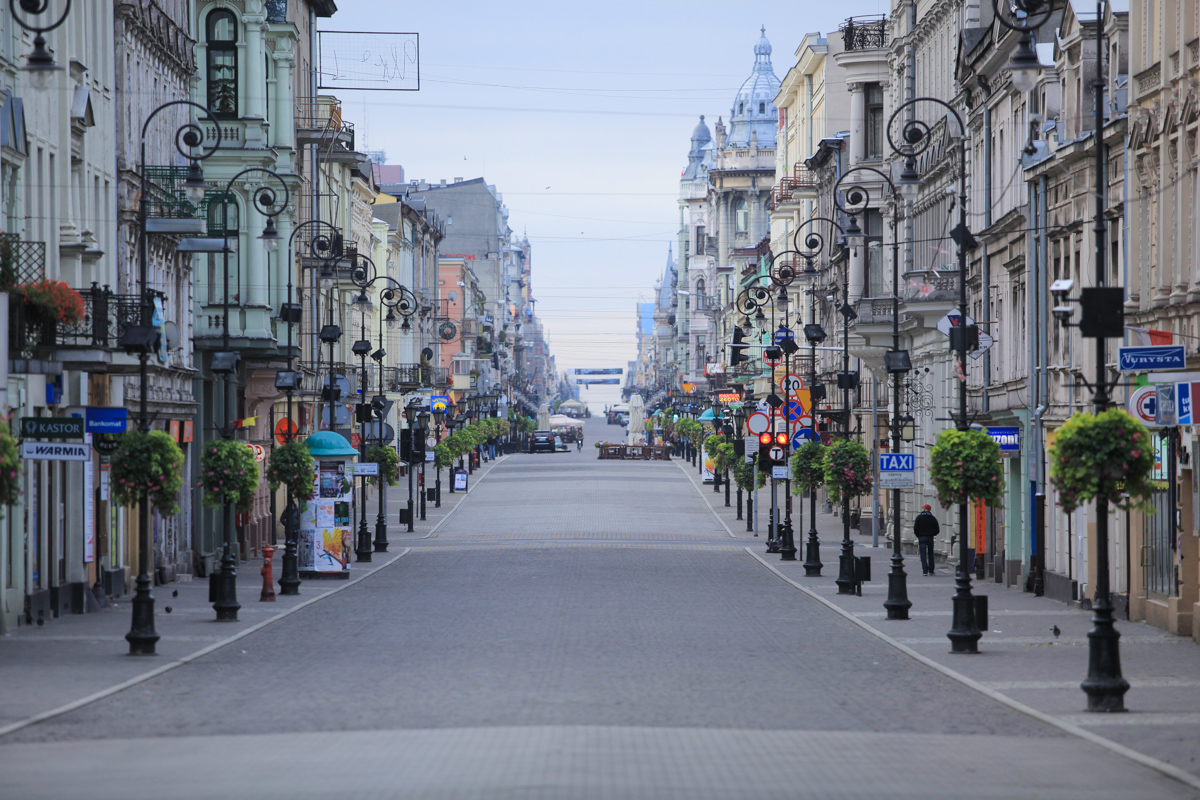
Lodz was a once predominantly Jewish town that was overtaken by Communism and German occupation during World War II. The city has been rebuilt and as much of the past as possible has been preserved.
While the history hasn’t faded, the new life brought into the city has made it a popular destination amongst tourists. Whether you’re a history buff or are just looking to enjoy the views, Lodz is a great place for curious travelers.
Points of Interest
While cities are often a focal point while visiting Poland, there may also be an attraction that catches your eye. With points of interest scattered throughout the country, including historic sites that you should show deep respect for when visiting, tourists can get a better understanding of the nation.
Here are some of Poland’s top destinations worth visiting during your stay.
Discover the best of Poland’s thermal springs to add to your itinerary, on our sister site, Top Hot Springs.
Auschwitz-Birkenau
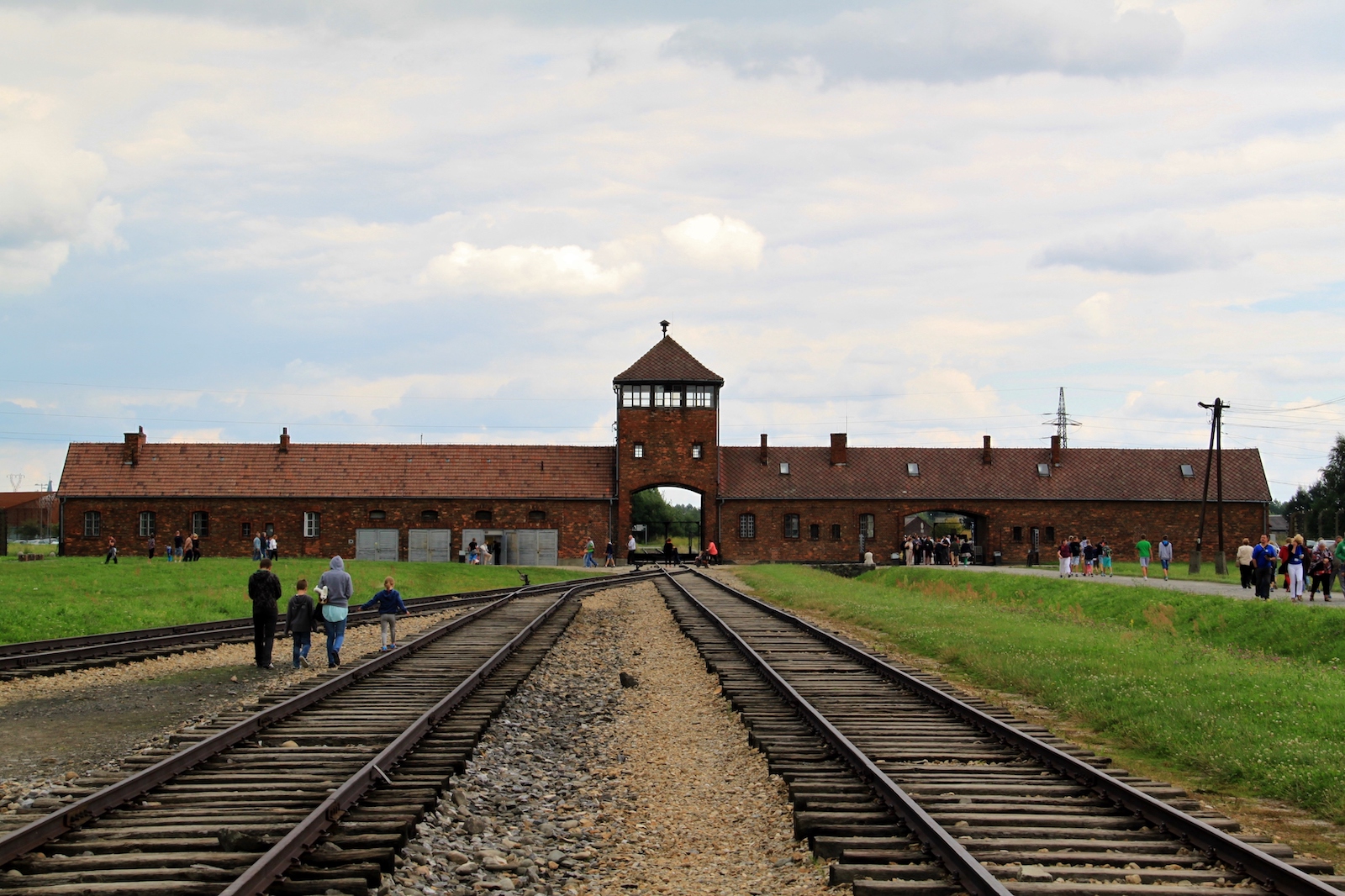
Auschwitze-Birkenau is the place to go for tourists who want to have a deeper understanding of the country’s tragic past. The extremely dark nature of Auschwitz-Birkenau makes for a very somber visit, but many people are still interested in taking a peek at this Nazi concentration camp.
Located in Oswiecim, the concentration camp has been preserved and devoted to the memories of those killed by the Nazis during World War II.
Masurian Lakeland
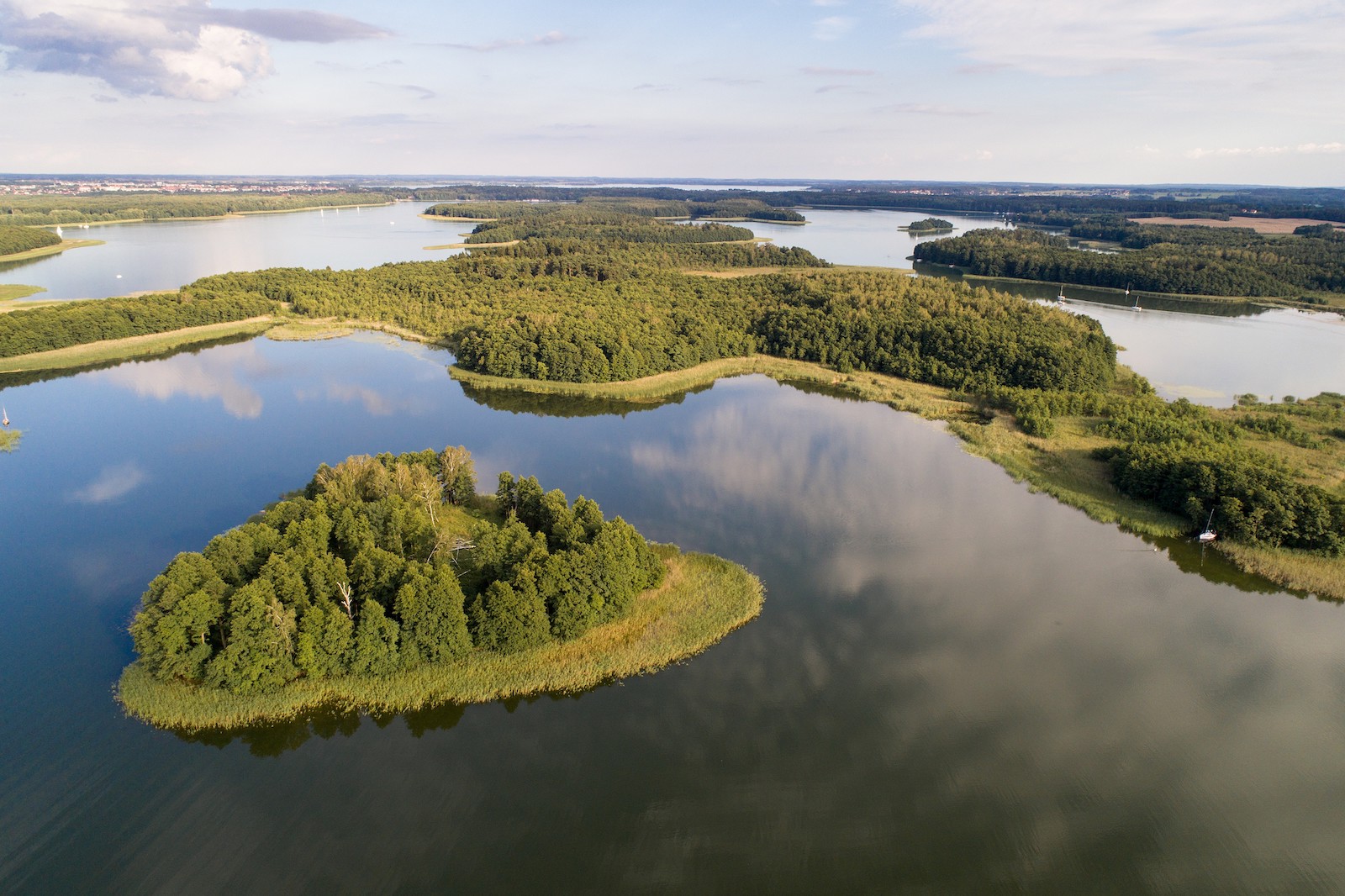
As an extensive lake system, Masurian Lakeland is a popular place to go for people who want to cruise the open water and small canals. The district is filled with various lakes and it has become a tourist hotspot with plenty of places to house and entertain guests.
The flatter landscape also makes this the perfect place to get out on a bike and explore Poland’s quieter nature.
Slowinski Sand Dunes
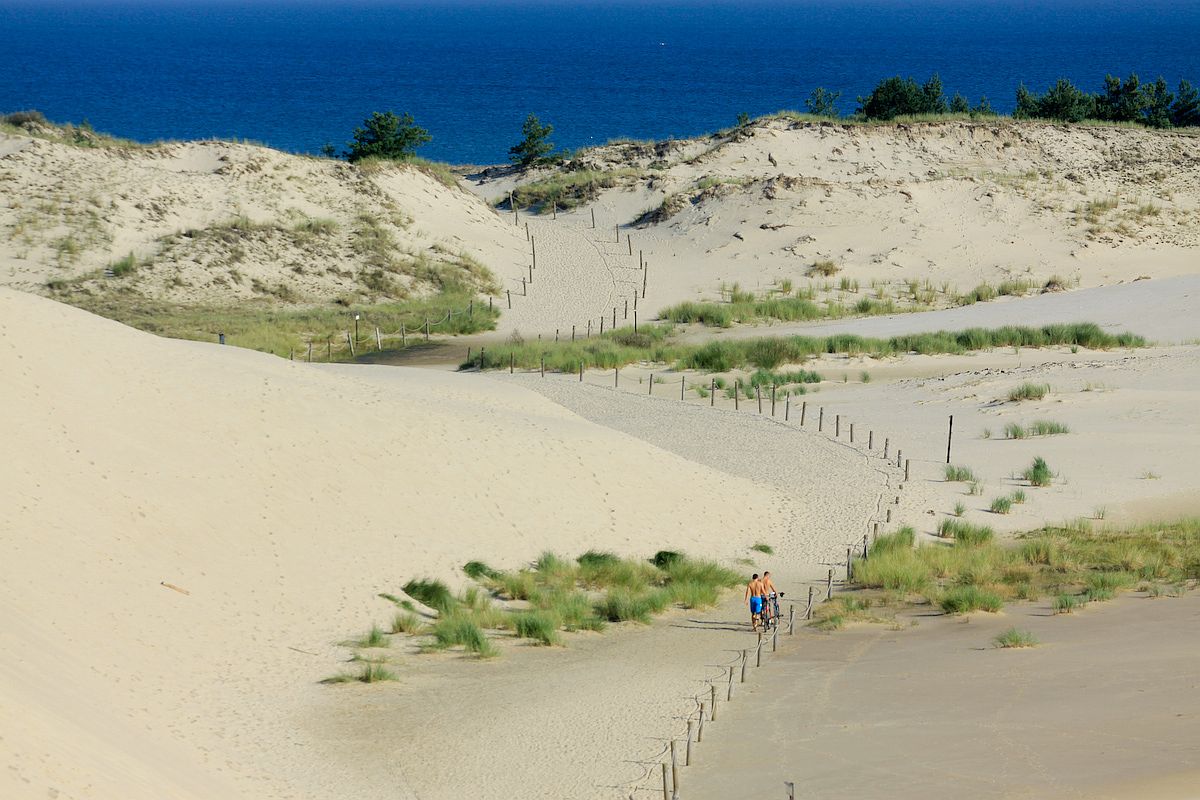
The Slowinski Sand Dunes are known for constantly changing due to outside factors and the varying elements, but that doesn’t mean that they have scared off tourists. Instead, these dunes have become very popular amongst younger travelers who wish to climb to the top and then slide down the side of the dunes.
Wieliczka Salt Mine
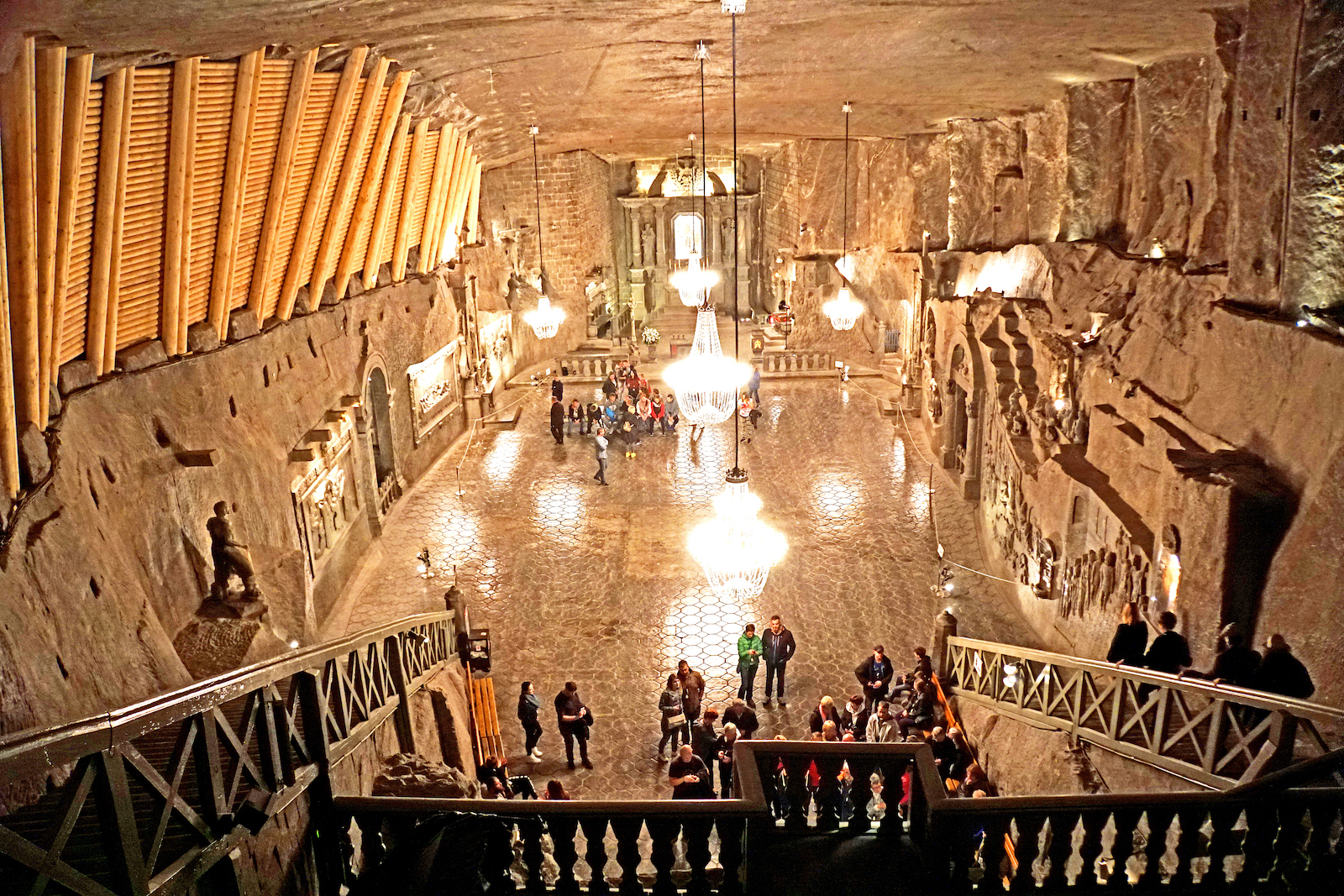
With salt having been continuously mined from this location since the 13th century, the Wieliczka Salt Mine is truly a sight to behold. Within the rock salt, a complete chapel has been carved and it is said to have some of Europe’s best acoustics. The sheer size of the mine will also take your breath away.
“The Land of Fields”
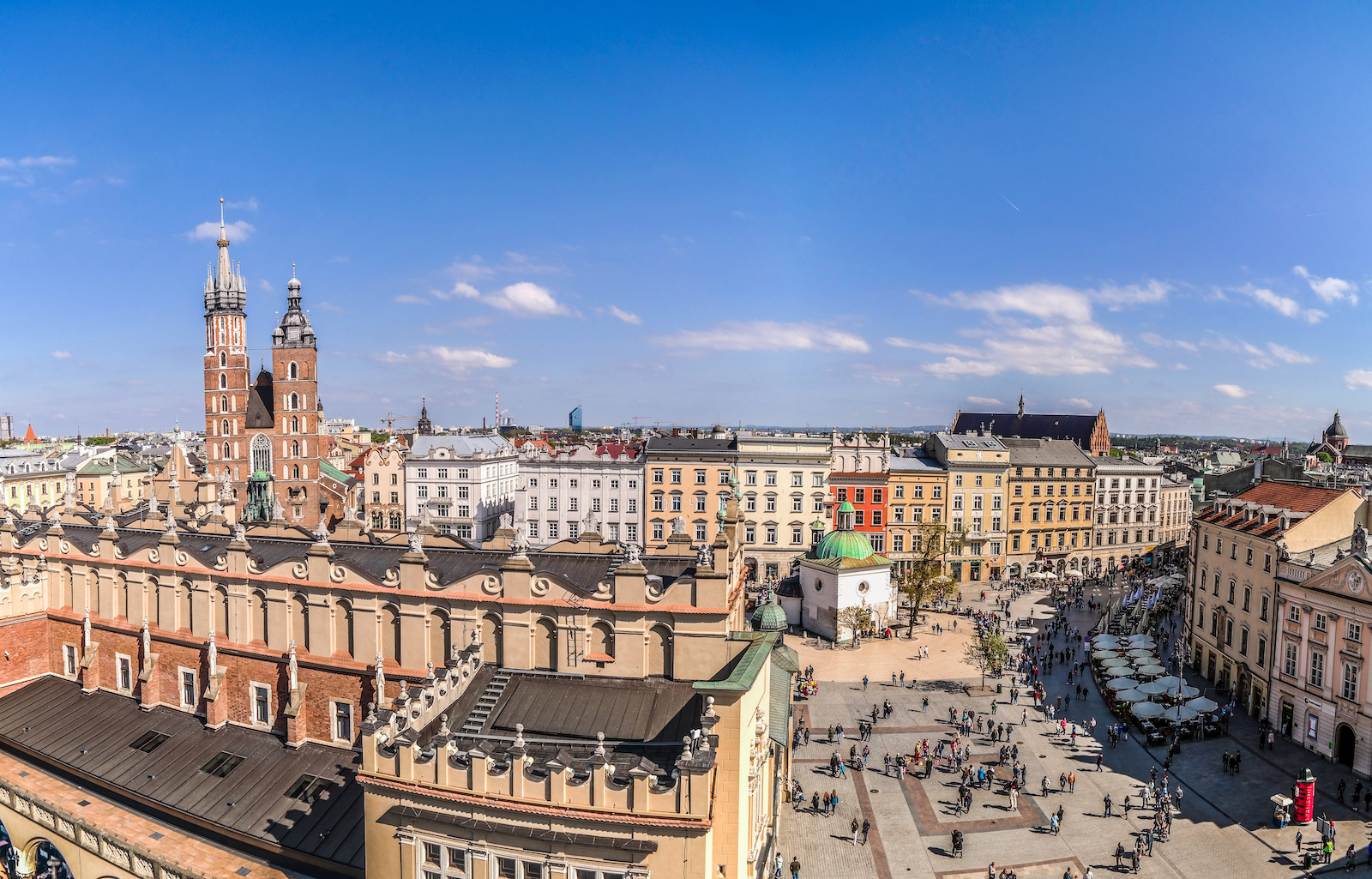
Once a place of conflict, Poland has memorialized its past while focusing on the future. A great place for those who want to step back in time as well as celebrate the nation’s culture, Poland is a great destination for those looking to explore central Europe.
With somber attractions related to World War II and modern-day establishments, Poland has truly become a tourist hotspot. All you have to do is book a ticket and set out on your adventure to witness the beauty of Poland.


 What Is Norway Most Famous For?
What Is Norway Most Famous For?